The Many Shades of Purple: A Deep Dive into Color Psychology, History, and Culture
Purple, a color often associated with royalty, mystery, and magic, holds a rich and complex history across diverse cultures. More than just a hue, purple embodies a spectrum of meanings and interpretations, shifting subtly depending on its shade and context. From the ancient world to modern aesthetics, purple's journey through time reveals a captivating story interwoven with art, symbolism, and societal perceptions.
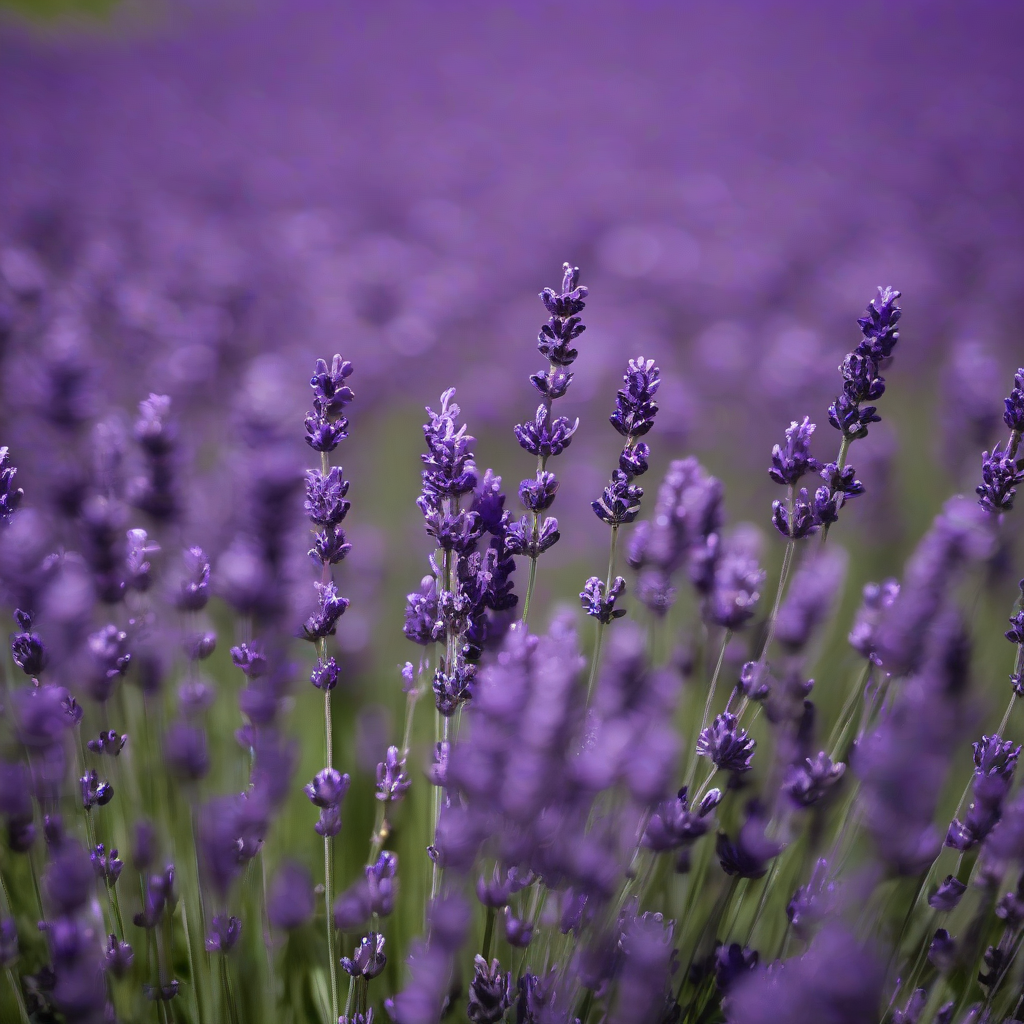
The History of Purple: A Royal Hue
Unlike many other colors, purple's historical significance is deeply intertwined with its rarity and cost. In ancient times, obtaining the vibrant purple dye known as Tyrian purple was an incredibly laborious and expensive process. Extracted from specific species of Mediterranean sea snails, the dye required thousands of snails to produce even a small amount of pigment. This scarcity inherently linked purple with wealth, power, and the elite. Roman emperors, for example, reserved the color exclusively for their garments, highlighting their status and authority. The association with royalty persisted throughout history, reflected in the purple robes of bishops and cardinals in the Christian church and the use of the color in regal ceremonies and attire across different cultures. Even today, purple maintains a certain air of elegance and sophistication, often associated with luxury brands and high-end products.
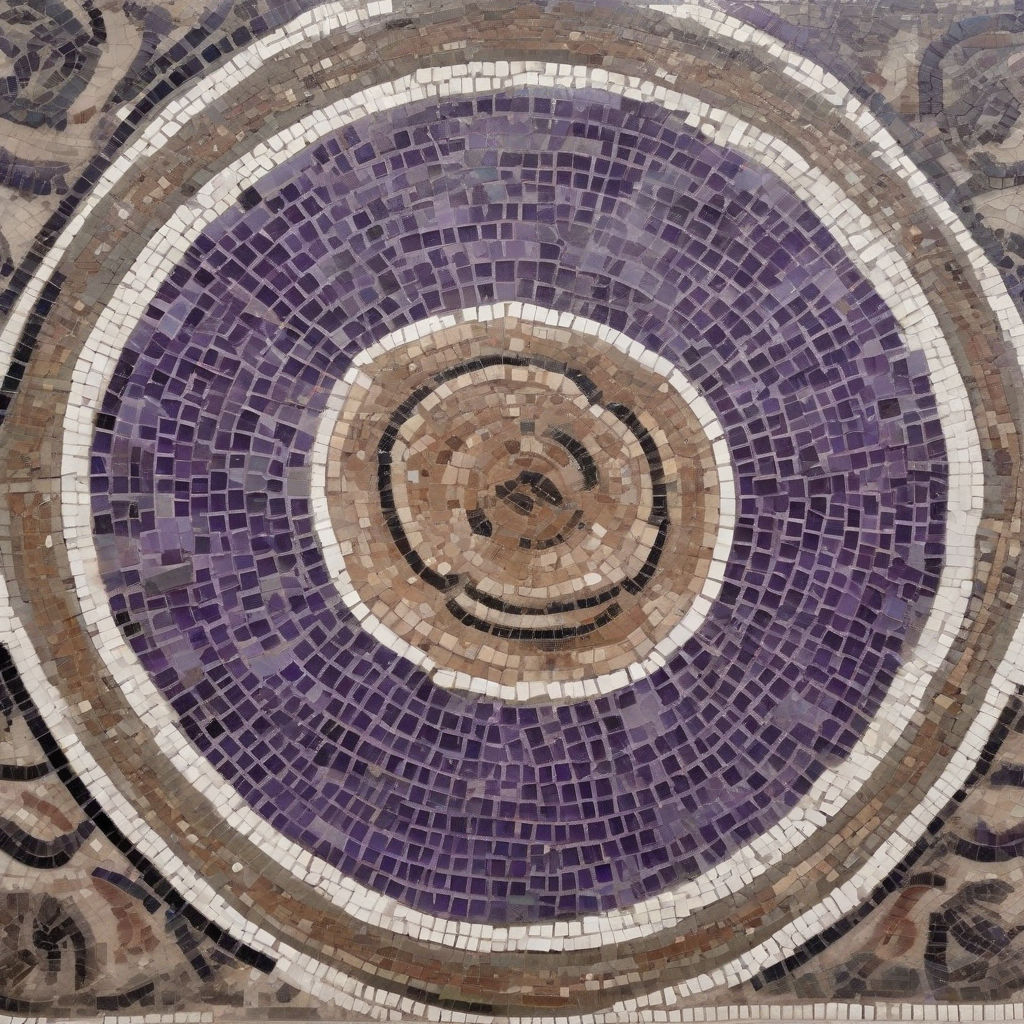
Purple in Art and Symbolism
The artistic representation of purple has evolved alongside its cultural significance. In Renaissance art, purple was often used to depict figures of religious or spiritual importance, reinforcing its association with divinity and power. Artists like Titian and Van Dyck masterfully employed various shades of purple to create depth, drama, and emotional impact in their paintings. The symbolism of purple is varied and nuanced, often dependent on the specific shade and its context. Lighter shades, such as lilac or lavender, evoke feelings of tranquility, peace, and femininity. Darker shades, such as amethyst or eggplant, can convey mystery, sophistication, and even melancholy.
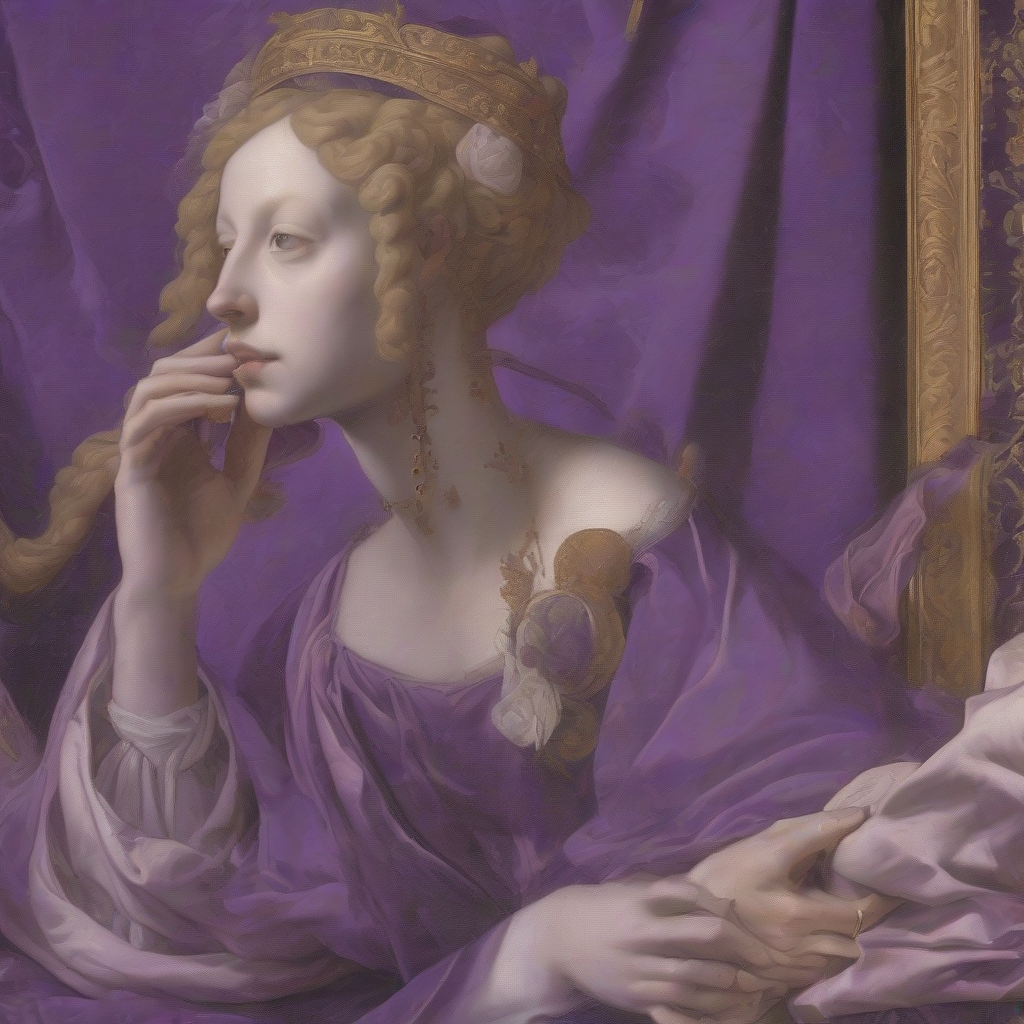
Purple Across Cultures
The cultural perception of purple is not monolithic. While the association with royalty and spirituality is relatively widespread, there are significant cultural variations in the interpretation and use of this color. In some cultures, purple is associated with mourning or grief, a stark contrast to its association with power and divinity in others. For instance, in certain parts of Asia, purple is associated with death and is therefore avoided in festive occasions. This difference underscores the crucial role of cultural context in interpreting the meaning of color. Understanding these nuances is vital for effective communication and cross-cultural understanding.

Purple in Psychology and Emotional Response
The impact of purple on human psychology is a fascinating area of study. Different shades of purple can elicit a wide range of emotional responses. Lighter, softer shades of purple are often linked with feelings of calmness, relaxation, and creativity. These shades are often used in therapeutic settings to promote relaxation and reduce stress. In contrast, darker shades of purple can be associated with feelings of mystery, intrigue, and even royalty and power. These shades are more often utilized in settings where sophistication and a sense of luxury are desired. Marketing professionals leverage this understanding of color psychology to influence consumer behavior, strategically employing purple in branding and packaging to create desired emotional responses.
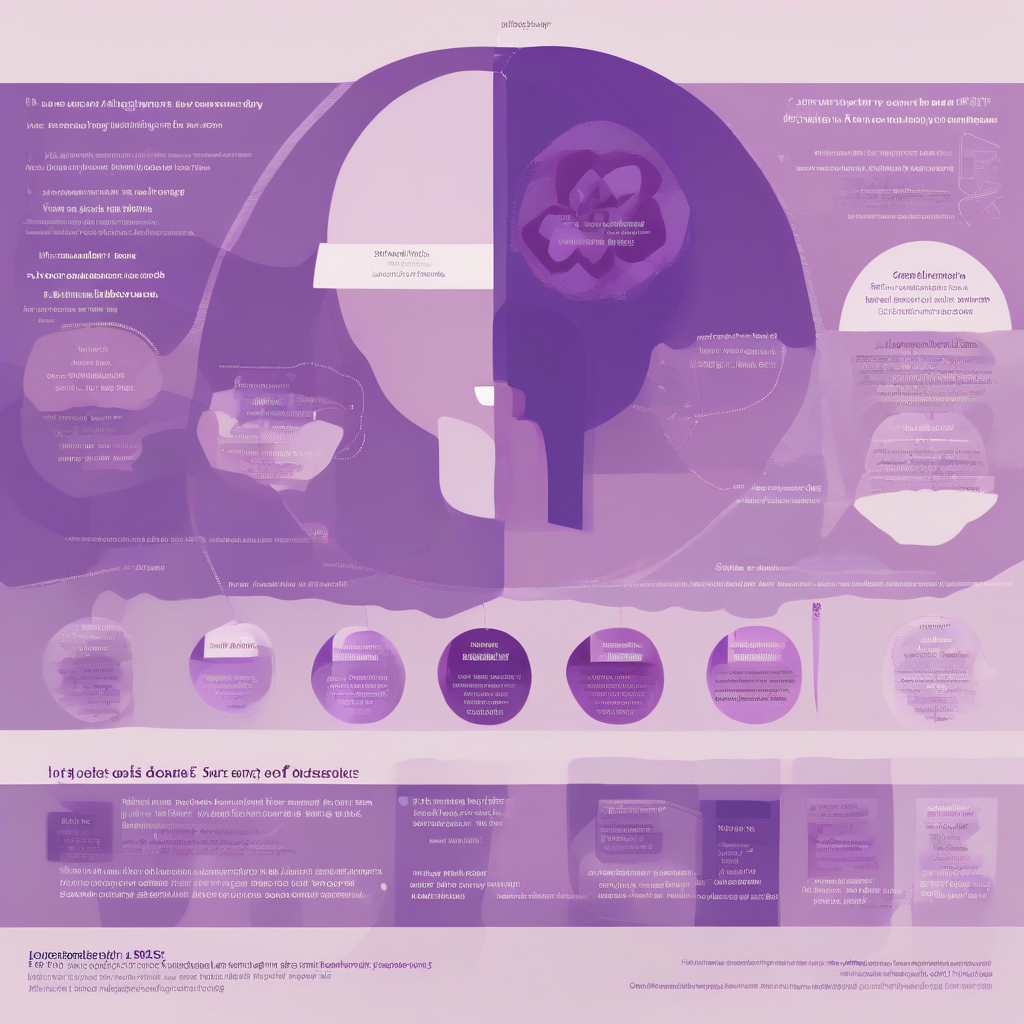
Purple in Modern Society: Trends and Applications
Purple's influence extends far beyond historical contexts and cultural interpretations. In modern society, purple remains a significant color in fashion, design, and marketing. The popularity of certain purple shades fluctuates with trends, but the color consistently holds a place in the contemporary aesthetic. From vibrant purple clothing and accessories to calming purple interior design elements, the color’s versatility allows for a wide range of applications. The use of purple in branding reflects its power to evoke a sense of luxury, creativity, and mystery. Many companies strategically use purple in their logos and marketing materials to connect with target audiences on an emotional level, leveraging the color's psychological impact.
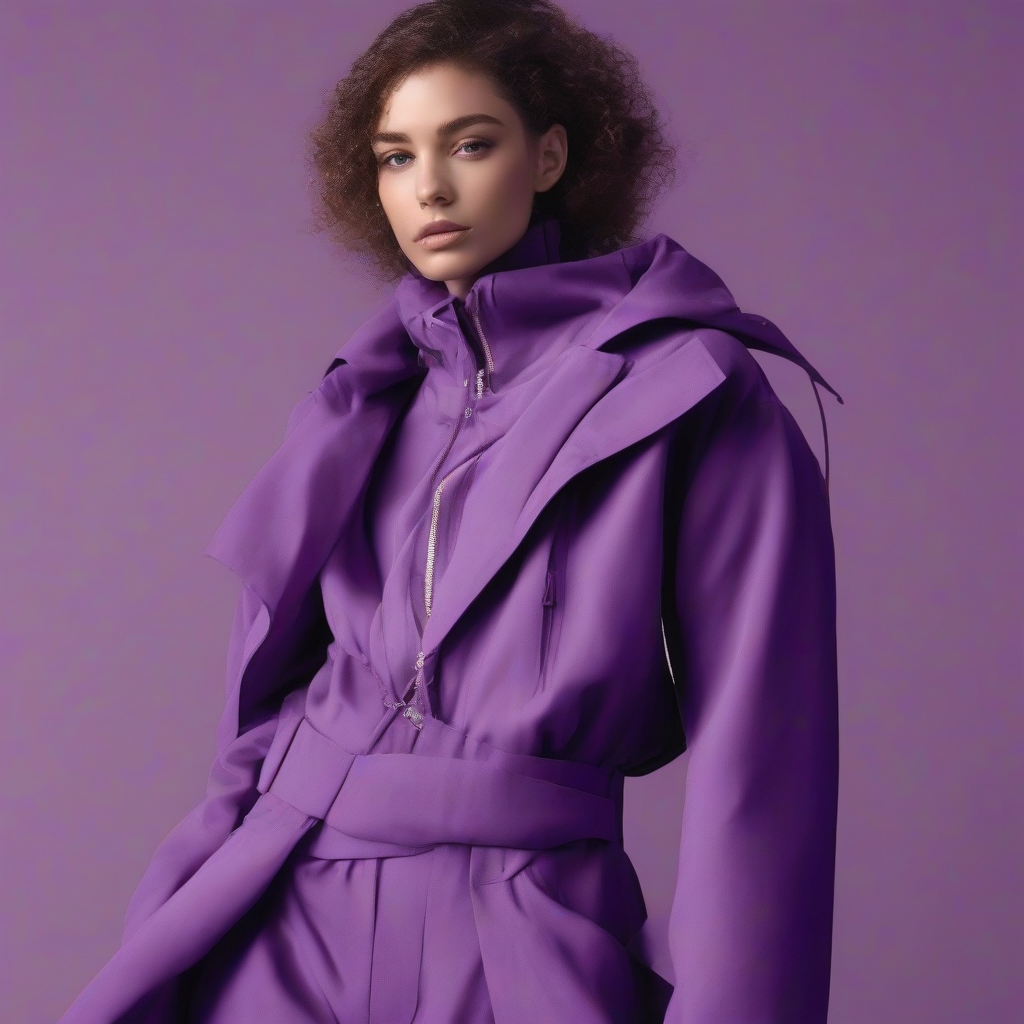
The Mystique of Purple: A Timeless Color
The enduring appeal of purple stems from its multifaceted nature. It is a color rich in history, steeped in symbolism, and deeply embedded in diverse cultural interpretations. From its ancient association with royalty and spirituality to its modern applications in various fields, purple continues to capture imaginations and evoke a range of emotional responses. Its versatility and ability to convey both elegance and mystery ensure its continued relevance in the world of art, design, and culture. Its ability to shift in meaning depending on the context and its specific shade makes it a unique and compelling color that continues to fascinate and inspire. Understanding the history and psychology behind purple allows us to appreciate its deeper significance and the multifaceted role it plays in shaping our perceptions and experiences.